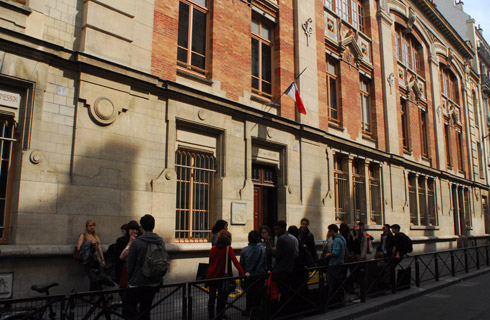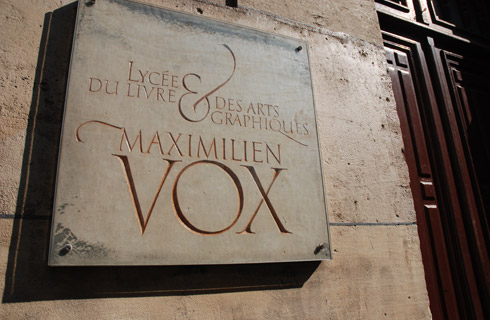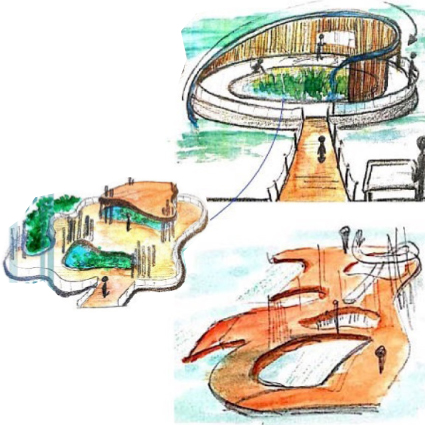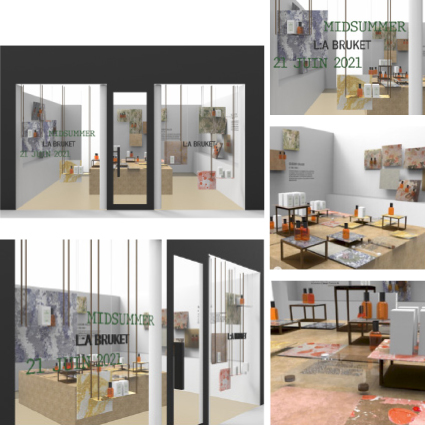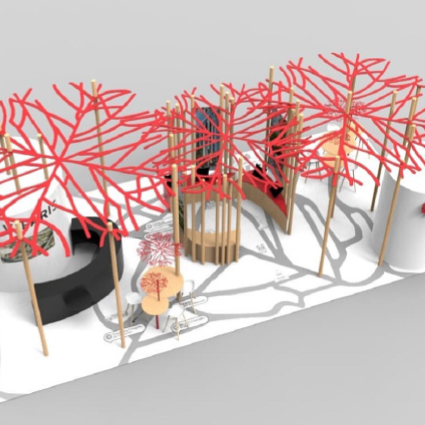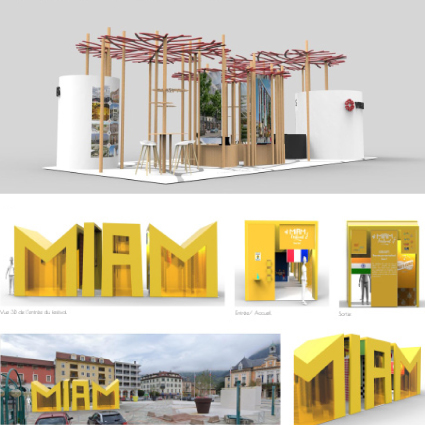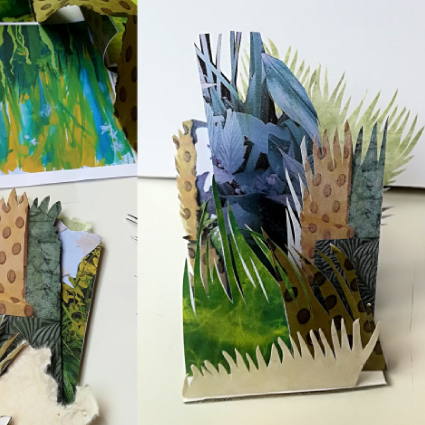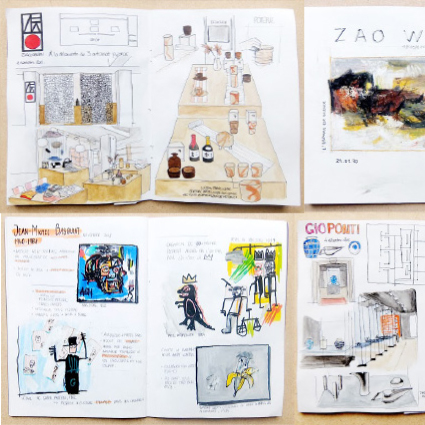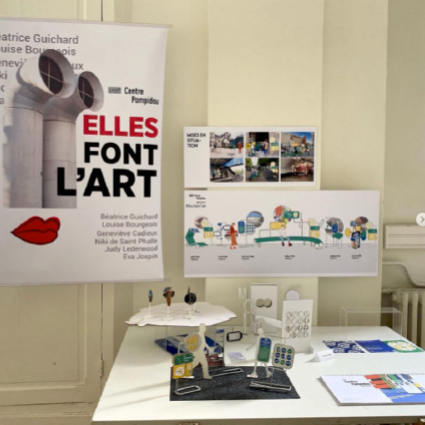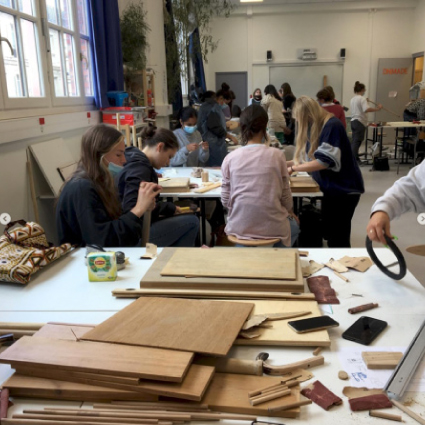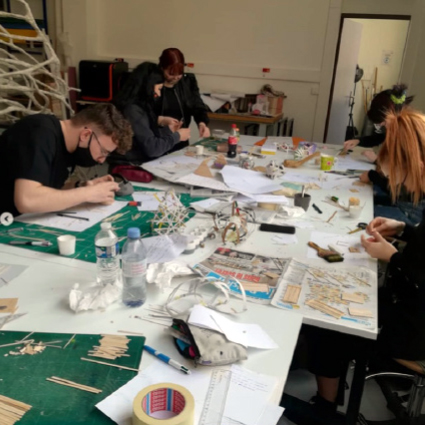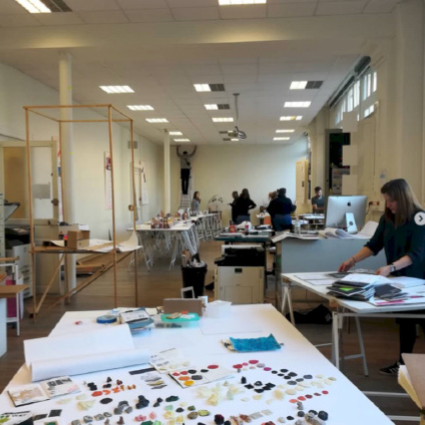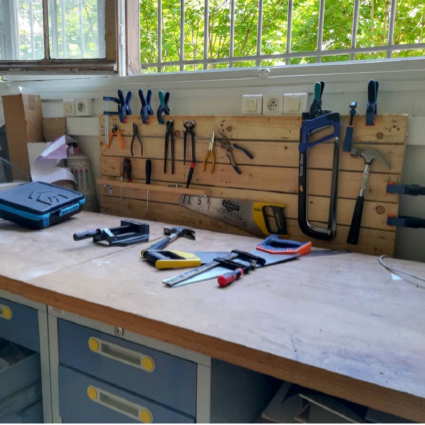History
The building in brick and coloured ceramics has always been used for educational purposes. Originally an elementary school founded in 1891 and then in 1956 it became an industrial college teaching printing and publication.
The school included typographers, printers, book binders and guilders. In 1963 drawing classes from a neighbouring school were moved to 5 rue Madame. Then in the 1980’s the primary school classes were removed to 42, rue Madame and the college took on its present vocation. Drawing, model making and composition were added to the existing courses.
From 1985 the college started looking for a name, suggestions included :
- Geoffroy Tory, printer, grammarian and typographer.
- Cassandre, a poster maker and typographer.
- Francis Thibaudeau, a typographer.
- Maximilien-Vox, an artist, engraver, illustrator, journalist, author, historian of typography and publicity and teacher.
The final choice was Maximilien-Vox who symbolized perfectly the spirit of book making and graphic arts.
Who was Maximilien-Vox ?
Engraver, artist, illustrator, editor, journalist, art critic, historian of letters and typography, his work and works covered the development of books and publishing during the first two thirds of the 20th Century.
He edited literary collections, created magazines such as Micromégas and Caractère, designed posters and published numerous articles relating to the arts of bookmaking, and developed a method for classifying characters which and still is the only one recognized by the International Typographical Association.
In 1952 he created Les rencontres internationals de Lure as a forum for ideas regarding typography, printing and publicity.
As both theoretician and practitioner, Vox remains a symbol of unity in both bookmaking and the graphic arts. He was above all a skilled teacher and educationalist, having taught at the “Ecole du Louvre” and at he “Ecole des Beaux Arts”.


